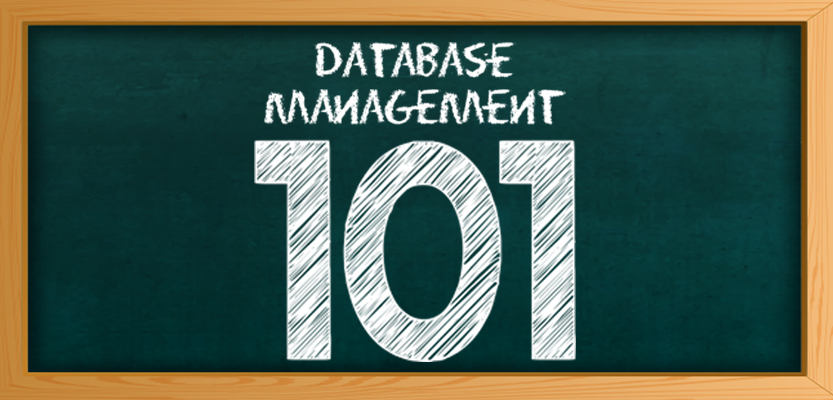An Enterprise Database has basically unlimited storage and enables multiple users to edit the same data at the same time. While the justification of an Enterprise Database is not in question, they are not very portable. There are often times where one requires a “Trial Size” geodatabase. These occurances may include (but not limited to):
- Training – Enables users to practice editing/configuration without fear of breaking something.
- Distribution – Quickly providing contractors with requested data without enabling overall system access.
There are two types of “Trial Size” geodatabases:
- Personal Geodatabase (PGDB) – Stored as a Microsoft Access file (*.mdb extension) with 2 GB of storage capability.
- File Geodatabase (FGDB) – Proprietary and recommended format of Esri. File folder structure with 1 TB of storage capability.
The process to export data from an Enterprise database to a PGDB/FGDB is fairly straight forward. The steps could also be followed to populate a new Enterprise database with data or just the data structure. Below are the steps to bagging up the geodatabase and taking it to go:
- Within ArcCatalog, create a FGDB. Right-click within the desired folder, choose New, and then File Geodatabase (Figure 1).
- Name the new geodatabase an appropriate name (Figure 2). Although flattering, it is not necessary to name it SSPRocks.
- Navigate to the Enterprise data and expand to access the desired feature dataset. In this example, we are migrating the contents of the GasSystem feature dataset.
- Right-click on the feature dataset and choose Copy (Figure 3). If multiple feature datasets are to be copied, select all of them prior to copying.
- Double-click on newly created geodatabase. Right-click within the Contents window and choose Paste. A nice feature of this procedure is that applicable related objects/tables, projection information, and utilized domains are copied at the same time.
- A window appears informing what data is being transferred (Figure 4). Verify that there are no red rows. This means that either the data or a domain(s) previously exist in the destination database. In the event of this, the procedure will rename the domain to DOMAINNAME_1. Make sure to migrate all required data in a singular procedure to avoid this unprofessional renaming.
- If there are no red rows, click the OK button on the Data Transfer window to migrate the data.
- A progress window appears giving the status of the migration (Figure 5).
Assuming the data transfers successfully, the status MAY BE COMPLETE. If the source database contains ArcFM™ functionality (i.e. tools, stored displays, etc.) and that functionality is desired in the migrated geodatabase, then there are additional required steps (See Part 2 in future post). Otherwise, the database is ready to roll.
As a final note….The resultant database size can be quite large. It is suggested to zip up either format prior to transmission.
Any omissions? Your comments are always welcome!


Renato Salvaleon says:
Was the second part of this article published already?
Brian Higgins says:
Hello, Renato.
The exciting sequel is written and scheduled to be released on June 27th. I really appreciate your interest.
Brian